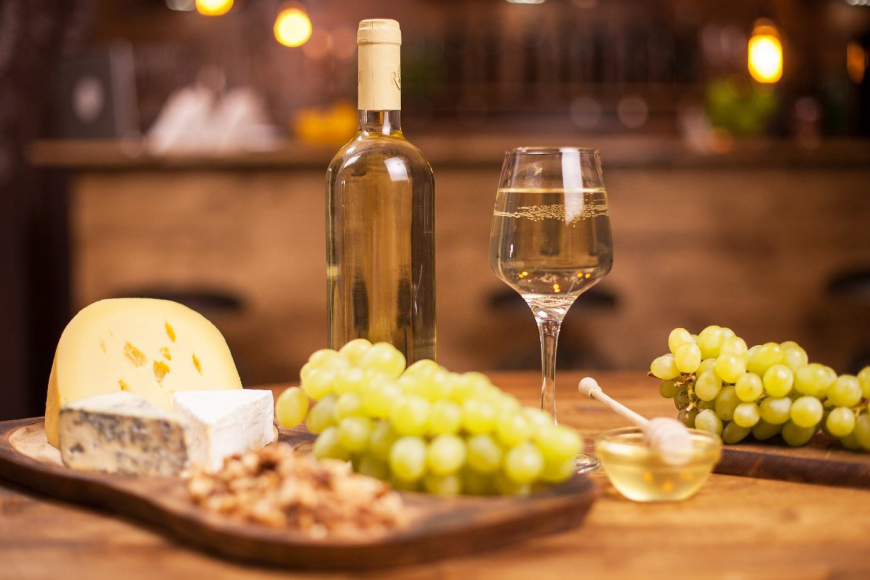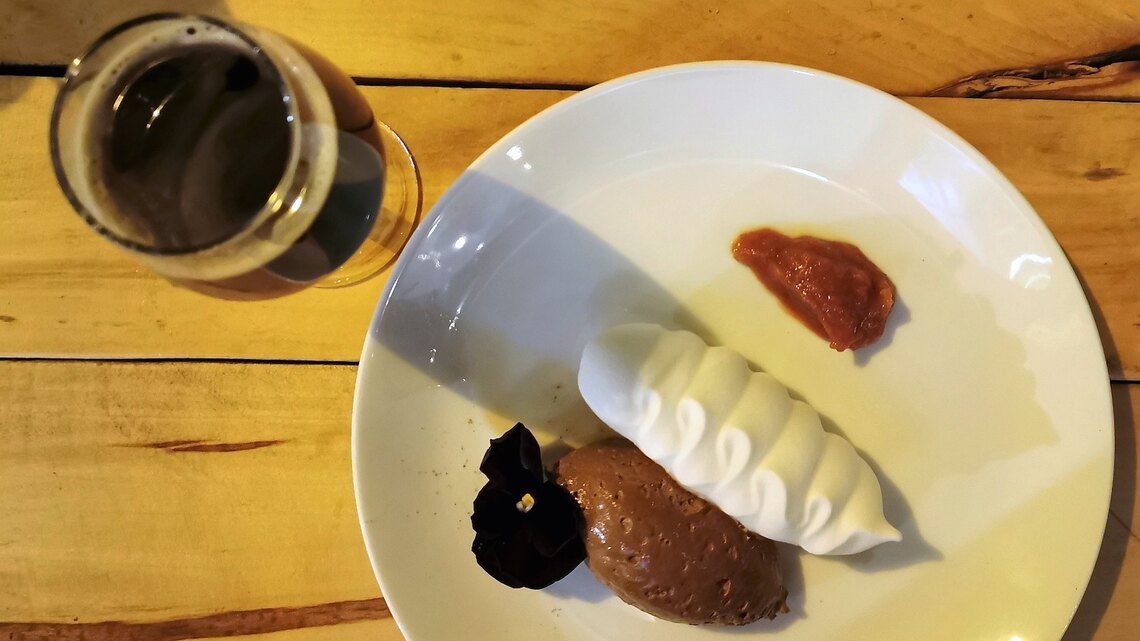
Food pairing is both an art and a science, allowing us to elevate our culinary experiences and create harmonious flavors that delight the palate. At its core, food pairing involves understanding how different ingredients interact, allowing us to make informed decisions about what to serve together. The science of food pairing draws from various disciplines, including chemistry, biology, and even psychology, providing a rich foundation for culinary creativity.
One of the fundamental principles behind food pairing is the concept of complementary flavors. Ingredients often share specific chemical compounds that can enhance each other’s taste when combined. For example, the bitterness of dark chocolate is beautifully balanced by the sweetness of strawberries, creating a delightful contrast that enhances the overall experience. Similarly, the acidity in a crisp white wine can cut through the richness of a buttery dish, providing a refreshing balance that cleanses the palate.
Texture also plays a crucial role in food pairing. The interplay of different textures—crunchy, creamy, chewy, or crispy—can add depth to a dish. For instance, pairing a rich, creamy risotto with crispy fried onions adds an exciting textural contrast that makes each bite more engaging. This combination not only enhances flavor but also creates a more satisfying dining experience.
Another important aspect of food pairing is the influence of aroma. Our sense of smell significantly impacts how we perceive flavor, with aromas contributing to approximately 80% of what we taste. This is why certain ingredients pair well together; they often share similar aromatic compounds. For example, basil and tomatoes share a common aromatic profile, making them a classic pairing in Italian cuisine. By understanding the aromatic components of various ingredients, chefs can create dishes that are not only flavorful but also aromatic.
Cultural traditions also influence food pairings. Many cuisines have established classic combinations that have stood the test of time. For example, the pairing of lamb with mint sauce in British cuisine highlights how regional tastes and ingredients can shape our perceptions of what flavors work well together. By exploring traditional pairings, we can gain insight into the cultural significance of certain ingredients and the stories they tell.
When it comes to drinks, pairing beverages with food can enhance the overall dining experience. Wine pairing, for example, is an art in itself. The acidity, tannins, and body of a wine can either complement or contrast with the flavors of a dish. For instance, a full-bodied red wine with robust tannins works well with hearty meats, while a light, fruity white wine enhances the flavors of seafood or lighter fare. Craft beers, cocktails, and even non-alcoholic beverages can also be paired creatively with food, adding another layer of complexity to the dining experience.
Exploring new and unconventional pairings can lead to exciting culinary discoveries. For example, the combination of sweet and savory flavors—such as bacon and maple syrup—has gained popularity in recent years, proving that breaking traditional rules can yield delightful results. Chefs and home cooks alike are encouraged to experiment with flavors, textures, and aromas, pushing the boundaries of what we consider acceptable pairings.
In conclusion, the art of food pairing is a delightful exploration of flavors, textures, and aromas that can significantly enhance our culinary experiences. By understanding the science behind how ingredients interact and drawing inspiration from cultural traditions, we can create harmonious and exciting dishes. Whether it’s pairing a crisp Sauvignon Blanc with a fresh seafood salad or indulging in the rich contrast of chocolate and strawberries, the possibilities are endless. So, the next time you sit down for a meal, consider the artistry of food pairing and let your taste buds embark on a flavorful adventure.
